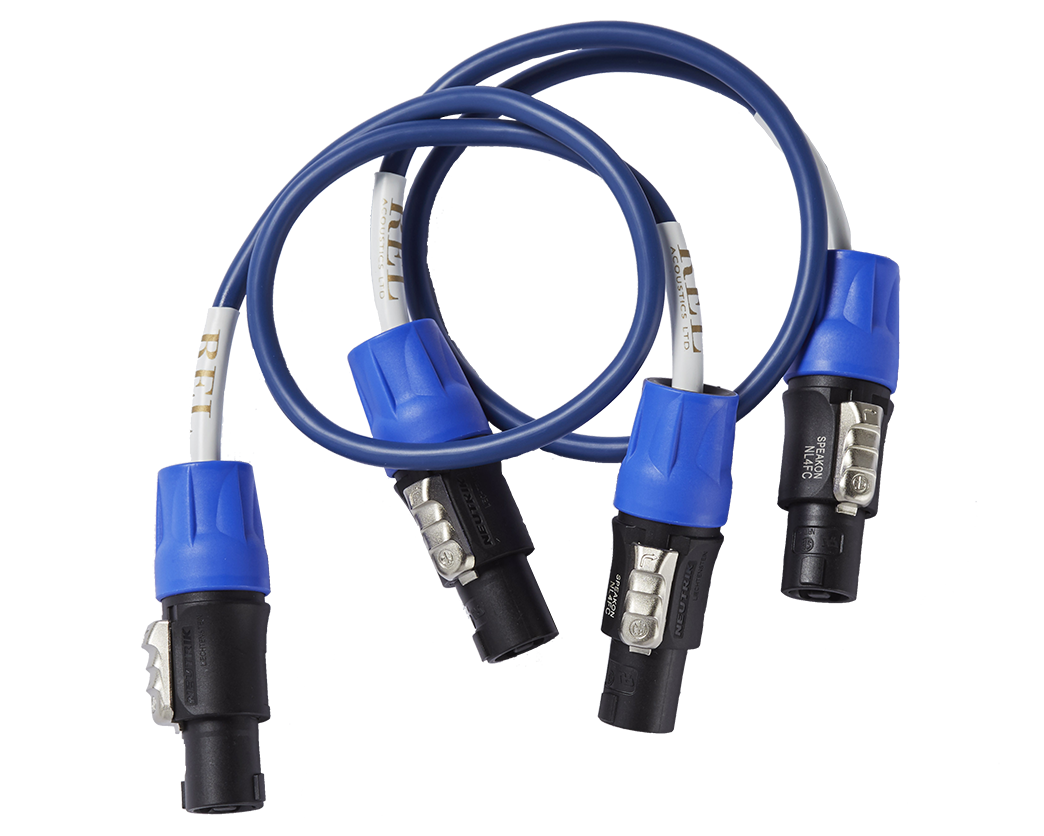A good question came up during the afternoon session about whether we felt that de-coupling (using a passive platform made of soft feet underneath a rigid surface) was “good” for subs. I answered that it is generally to be avoided since it leads to bass that is vague and imprecise. Understand that—especially in the bass region—physics doesn’t let any engineer get away with something for free. If you decouple an object making very loud, then conservation of energy kicks in, meaning that you’re creating heat somewhere. That heat is generated by the device under test; i.e. someone else’s (I hope) sub is wobbling around on a platform sounding thin and disembodied. Why is this so? Because it is not rigidly locked, it is displacing energy to other frequencies. I was once part of a study into a complex new polymer—worked wonders under DAC’s, preamps, etc. So, the inventor of this flies back with me to place decoupling platforms he built using 144 of these expensive, amazing feet under marble platforms. That’s 144 per speaker. The speakers were some of the best available, weighed 600 pounds each, stood 7 ½ feet tall. Guess who has to help lift these beasts onto the platforms.? We sweat, strain pull muscles and finally get them up there and I re-position them and lo and behold, we have crap for bass. Thin, dry, vague and totally disconnected from the sound the speakers were trying to make.
Fastforward to 30 years later, I setup and introduced the world to “The Sonus Faber”, a $200,000 wonder of a speaker. One of its patents was for a 3-element tuning rod that dealt with the heat offset produced by de-coupling the woofer from the cabinet. They borrowed a technique from F-1 racing that has to deal with violent vibration and resonance control and identified the 1st, 2nd and 3rd orders of vibration created by their woofer and hung tuning elements tuned to exactly those frequencies to eliminate the bad sonic effects of de-coupling. So, yes, it can be done, but not by a passive platform.
When pre-wiring a home, any suggestions for ways to prewire for high level connection if high level cable is not available to run?
We recommend running 16/4 or 14/4 from distributed amplifier location to each speaker location first with the subwoofer location in each room being the end point. Then just need to attach RED/Black to right speaker and Yellow/Black to left speaker and then attach a SpeakOn on end point where subwoofer will be located.
Will you bring back the on wall subwoofer?
We loved the Habitat, and it was an amazing product. Unfortunately, it never took off as we thought it would, so for that reason I doubt we’ll see it coming back.
One line that John has been working on over the last few years is a premium in-wall subwoofer. We probably won’t see it released for another couple of years, but it’s definitely on our radar.
Any use of REL subs at rock concerts?
We haven’t used our subs at any rock concerts, sound reinforcement is a whole different ball game. We’ll stay in our lane, just making the best subwoofers that we can.
How important is the SpeakOn cable in terms of performance?
The Speakon connector itself means nothing. Other companies, trying to piggyback onto our success impute significance to their own units “coming with Speakon…”. Anytime someone tells you that’s why their unit is “just as good as a REL” put your hand on your wallet and run for the door. You are in the presence of a true idiot. It’s like claiming that their car is just as good as a Mercedes because it now comes with a steering wheel! What happens on the inside of the Speakon is what matters; how we develop our filters, how short we keep the signal path (creates immediacy), how our secondary filters are so open and progressive that they help build correct harmonic structure way up high, how fast our filters are. These are the things that matter and take REL-based systems into a unique realm.
The SpeakOn provides an easy, efficient connection and provides our high level input from the amplifier, this is the basis of everything that we do as this provides your sub with the exact signal that the amplifier is sending to the front speakers. See link for more information: https://rel.net/brick-by-brick/
This is a great presentation. Will you be putting this up somewhere we could view it again?
This video will be available for future viewing in the near future on MagNet.
Is there a partner portal on the REL site?
At this time there isn’t, but we’re always looking for more efficient ways to get our information out to our partners.
Do subs with rails need to be decoupled?
If you are dealing with a single or pair of our subs with rails, then you always want to couple to the floor. If you’re moving into Line Array, there isn’t anything that you have to do to de-couple the top sub. See link for more information: https://rel.net/reference-line-arrays/











